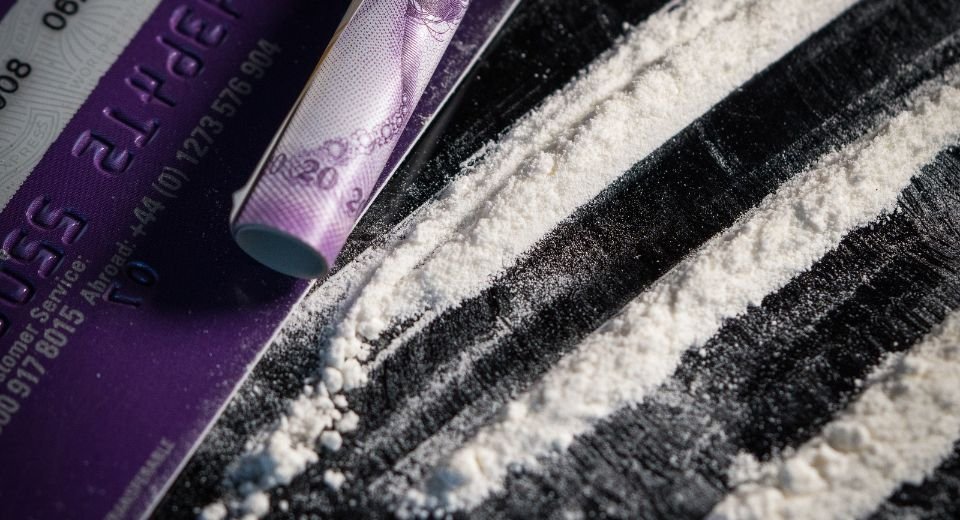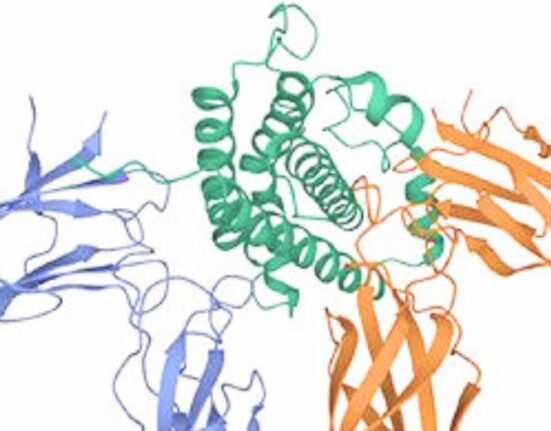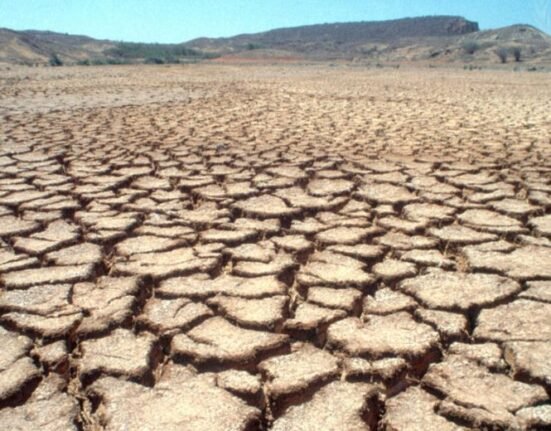HQ Team
September 12, 20232: Methamphetamine trafficking is expanding rapidly from the EU to Eastern Africa, changing illicit drug markets traditionally focused on opiates from Afghanistan, according to a UN report.
The confiscation of methamphetamine has increased from some 2.5 tons in 2017 to 29.7 tons in 2021 in Afghanistan and neighbouring countries, with an increasing share originating from Afghanistan, according to the report.
In Afghanistan, annual impound totals rapidly rose from less than 100 kilograms in 2019 to nearly 2,700 kilograms in 2021, suggesting increased production, according to the United Nations Office on Drugs and Crime report.
“Illegal manufacture of methamphetamine in Afghanistan is a growing threat with suspected Afghan-origin seizures of methamphetamine being reported from places as far away as the European Union, the Near and Middle East, South-East Asia and Eastern Africa.”
Methamphetamine or meth is a potent central nervous system stimulant that is mainly used as a recreational drug and less commonly as a second-line treatment for attention deficit hyperactivity disorder and obesity.
Smoked, snorted
Meth causes considerable health adversities as it affects the central nervous system. It can sometimes result in death. It can be smoked, snorted, injected, or taken orally and is often used with other substances.
The government of Afghanistan prior to August 2021 had reported methamphetamine production in many provinces in the country, using chemical inputs from neighbouring countries.
Methamphetamine can be produced in several ways and the main precursors in Afghanistan, based on available data, are ephedrines obtained from chemicals diverted from legal markets or extracted from the ephedra plant.
Assuming a purity range of 50-70% for meth, total primary input costs to manufacture methamphetamine may drop to $295-413 for ephedra and to $538-748 for cold medications, making ephedra slightly more profitable given a recent wholesale price of $700 per kilogram of meth.
However, to produce one kilogram of pure meth, an estimated 200kg of dried harvested ephedra is needed.
“Considering that about half of the plant’s weight consists of water, the equivalent amount of freshly collected ephedra may come to 437 a kilogram.”
Collection of ephedra
The amount of freshly collected ephedra needed to manufacture all of the 29.7 metric tons of meth seized in and around Afghanistan in 2021 could amount to between 6,500 and 11,700 metric tons.
As these estimates reflect only seizures, the actual amount of ephedra plant material needed for illegally manufacturing all meth seized in Afghanistan and neighbouring countries is likely to be far larger than the upper range of 11,700 tons.
In comparison total opium production for Afghanistan in 2022 was estimated at 6,200 tons.
A harvester can collect between 25 and 45 kilograms of ephedra a day.
It may take between 9.7 and 17.5 labour days to collect ephedra to produce a single kilogram of pure methamphetamine.
That would come to 202,000 to 363,000 labour days needed to meet the 29.7 tons of meth seized in Afghanistan and neighbouring countries (assuming 50-90% purity).
Satellite imagery
Satellite imagery, field observations, and harvested plant weights of test sites suggest that it may take an area of 34 hectares to source enough raw ephedra to produce one pure kilogram of meth under non-ideal conditions during a short three to four-month harvest period.
The use of bulk quantities of ephedrines, often diverted from the legal market, seems to be a more cost-effective and convenient approach to illegally manufacture methamphetamine in Afghanistan.
These chemicals can be directly synthesized into meth with fewer steps and their higher purity requires much less input material.
It is estimated that between 414-745 metric tons of cold medications would have been needed to produce the 29.7 metric tons of methamphetamine seized in Afghanistan.
“This is only a probable scenario if considerably large amounts of cold medication are diverted in the region,” according to the report.
Poppy cultivation
Compared with opium poppy cultivation – which appears to have decreased sharply following the April 2022 announcement on the ban on drug manufacture in Afghanistan — synthetic drug manufacture does not require land or extensive labour and is easier to relocate and conceal.
To counter the use of diverted cold medications and industrial-grade precursors in methamphetamine manufacture, greater regional coordination and cooperation will be needed.
Regional policies and efforts targeting the diversion and smuggling of chemical precursors could help reduce the illegal supply of methamphetamine.








